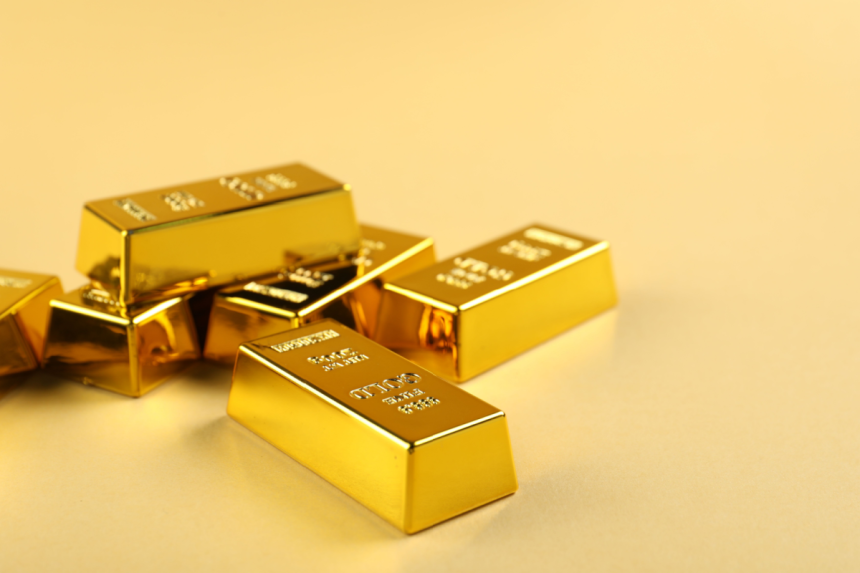Metal Experiences Sharpest Decline in Over a Decade
Gold prices have tumbled sharply over the past week, leaving investors questioning whether the downturn is nearing its end. On October 21, gold fell 6% in a single day — the steepest drop in more than a decade. Despite a brief rebound to close the week, the optimism faded quickly as the price continued to slide.
As of October 28, gold is trading at $3,931.80 per ounce, down from $4,356.21 just eight days earlier, according to American Hartford Gold. That represents an almost 10% decrease in less than ten days. Analysts attribute the decline to a combination of factors, including reduced geopolitical instability and progress in U.S.-China trade negotiations, both of which have lowered demand for safe-haven assets.
Still, long-term investors may find opportunity in this dip. Historically, gold prices have shown a tendency to rebound strongly after such corrections. The current pullback may offer an attractive entry point for those looking to diversify or expand their holdings.
How Investors Can Benefit from the Price Drop
1. Reconsider Gold Purchase Amounts
When gold surpassed $4,000 per ounce, many investors opted for fractional gold instead of full one-ounce bars or coins due to the high cost. Now, with prices nearly 10% lower, larger physical purchases may once again be within reach. Investors could take advantage of this short-term window to buy one-ounce bars or coins at a more favorable rate, potentially increasing their long-term returns when prices recover.
2. Boost Portfolio Allocation
Those who already hold gold may consider increasing their portfolio exposure. Most financial experts suggest limiting gold to around 10% of total investments, but with prices down, there may be room to expand holdings toward that threshold. By increasing exposure while prices are low, investors can position themselves to benefit when gold rebounds in the next cycle.
3. Explore Alternative Gold Investments
Physical gold isn’t the only option. Investors can diversify through gold ETFs, IRAs, mining stocks, or futures, each offering different risk and liquidity profiles. ETFs provide easy market access, while a gold IRA offers potential tax advantages. Consulting with a financial advisor or trusted gold investment firm can help determine the most effective mix for individual goals — but acting before prices climb again could maximize potential gains.
Market Outlook and Strategic Timing
While the current downturn may be unsettling, history suggests that gold often rebounds strongly after corrections driven by improved global stability. Economic cycles, inflation concerns, and central bank policies continue to make gold a valuable hedge over time.
In short, the recent price correction presents an opportunity for disciplined investors rather than a cause for panic. Those who reassess their allocations, explore diverse investment vehicles, and act strategically could find themselves well-positioned when the market turns upward once more.






